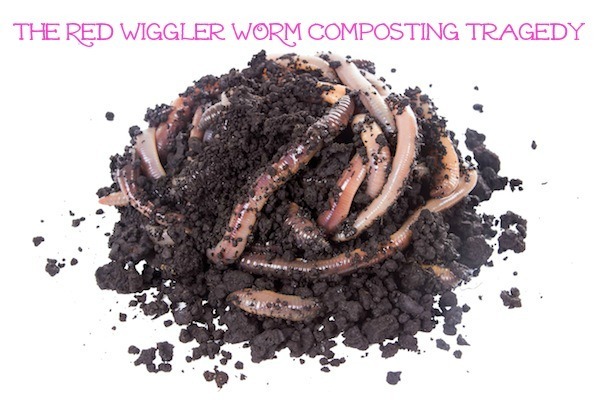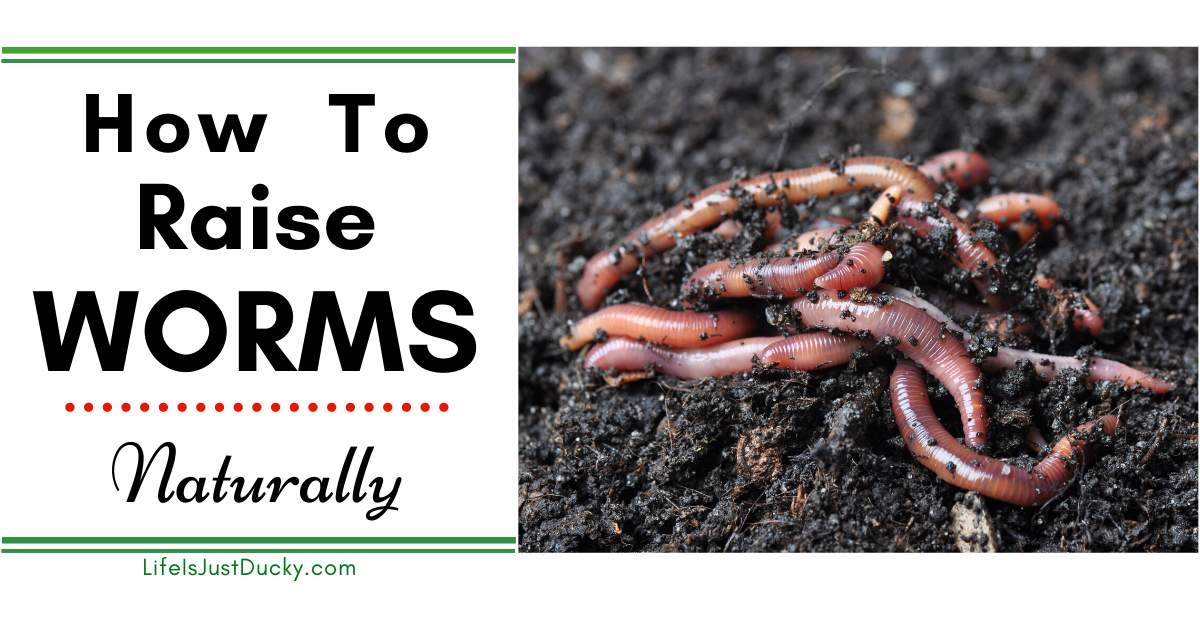Crucial Guide to Red Wiggler Composting: Tips for a Prospering Worm Farm
Taking Advantage Of the Power of Red Wiggler Composting: A Comprehensive Take A Look At the Environmental and Agricultural Benefits of This All-natural Waste Decrease Approach
The practice of red wiggler composting represents a compelling crossway of environmental stewardship and farming innovation, supplying a sustainable solution to the expanding obstacles of waste monitoring and dirt deterioration. Through the all-natural procedure of vermicomposting, natural waste is changed right into a useful resource that not just enhances dirt but also contributes to a substantial reduction in garbage dump payments and greenhouse gas exhausts. As we check out the complex advantages of this approach, we uncover exactly how it can improve agricultural practices and advertise ecological awareness, motivating a better assessment of its potential influence on our ecological communities and communities.
What Are Red Wiggler Worms?
Red wiggler worms, medically called Eisenia fetida, are a varieties of earthworm particularly adjusted for composting and natural waste failure. These worms grow in the nutrient-rich atmosphere of decaying natural matter, making them ideal for vermicomposting systems. Expanding to a size of around three to 4 inches, red wigglers are defined by their reddish-brown pigmentation and distinct banding patterns along their bodies.
Unlike various other earthworm species, red wigglers like to live in the upper layers of dirt and natural particles, where oxygen levels are higher and food sources are bountiful. Their physical adjustments permit them to process organic products efficiently; they possess a strong digestive system that enables them to transform waste right into nutrient-rich spreadings, usually referred to as "black gold" in horticulture and agricultural contexts.
Eisenia fetida plays a vital duty in the ecological community by helping with the decomposition process, enhancing soil framework, and advertising microbial activity. Given their unique features and environmental significance, red wiggler worms have come to be a main component in sustainable waste management practices and organic gardening initiatives, adding substantially to ecological health and wellness.
Advantages for Soil Wellness
The incorporation of red wiggler worms in composting systems provides considerable advantages for dirt health and wellness. These worms play an important function in the decomposition procedure, damaging down raw material into nutrient-rich vermicompost. This natural fertilizer enhances soil water, structure, and aeration retention, adding to an extra favorable environment for plant development.
Vermicompost is rich in important nutrients such as potassium, phosphorus, and nitrogen, which are important for plant growth (Red Wiggler Composting). The existence of useful microorganisms in vermicompost better advertises dirt health by improving nutrient schedule and suppressing soil-borne virus. This dynamic communication fosters a durable dirt community that sustains sustainable agricultural techniques
Additionally, red wigglers assist in the formation of humus, a steady raw material that enhances soil fertility and strength. This increased organic content not only enhances dirt texture however additionally enhances its ability to sequester carbon, mitigating climate adjustment impacts.
Integrating red wiggler composting into farming systems can, consequently, bring about healthier soils, higher crop yields, and enhanced sustainability. Because of this, accepting this natural waste decrease method can yield extensive advantages for both the atmosphere and agricultural performance.
Effect On Waste Decrease
Including red wiggler worms into composting systems dramatically minimizes waste, changing organic materials that would certainly otherwise add to garbage dumps into important garden compost. This technique, referred to as vermicomposting, effectively refines cooking area scraps, yard waste, and other eco-friendly products, causing a substantial decline in the volume of waste sent out to land fills. According to the Epa, organic waste consists of a significant part of garbage dump official site materials, generating dangerous greenhouse gases as it breaks down anaerobically.
By making use of red wigglers, a very efficient composting representative, businesses and families can draw away a substantial quantity of organic waste from these land fills. Each extra pound of red wigglers can process and consume concerning half an extra pound of organic waste daily, causing an impressive decrease in total waste generation.
Moreover, the application of vermicomposting news supports regional waste administration efforts and advertises a round economic situation, where waste is changed right into a source. As areas significantly embrace this method, the advancing impact on waste reduction becomes evident, cultivating an extra lasting atmosphere and encouraging responsible waste administration methods. Embracing red wiggler composting not just minimizes waste problems but likewise enhances neighborhood awareness about lasting living.
Enhancing Agricultural Practices
Using red wiggler worms in agricultural practices can dramatically boost soil wellness and crop performance. These worms play an important duty in the composting procedure, breaking down natural matter into nutrient-rich vermicompost. This all-natural fertilizer boosts dirt water, aeration, and framework retention, which are vital for durable plant growth.
Moreover, the castings produced by red wigglers are rich in necessary nutrients, such as nitrogen, phosphorus, and potassium, promoting healthier plants with greater returns. The microbial task boosted by these worms also contributes to a growing dirt ecological community, increasing biodiversity and durability against diseases and pests.

Additionally, using vermicompost can enhance dirt pH levels, making nutrients extra available to plants. Red Wiggler Composting. As an outcome, farmers can cultivate much healthier crops while concurrently contributing to dirt conservation initiatives, inevitably developing a much more lasting farming future
Beginning With Composting
The key ingredient in red wiggler composting is organic waste, which can include kitchen scraps, yard waste, and paper products. This equilibrium promotes an optimal setting for red wigglers, which are the vital microorganisms in this composting technique.
Selecting a proper composting system is similarly essential. Worm bins can be developed for indoor or outside usage, and they must supply appropriate drain and aeration. It is suggested to begin with a handful of worms-- roughly one extra pound of red wigglers for every single one pound of waste produced regular.

Verdict

The practice of red wiggler composting stands for a compelling intersection of environmental stewardship and agricultural technology, providing a sustainable option to the growing challenges of waste management and soil destruction.Moreover, the application of vermicomposting assistances neighborhood waste administration initiatives and advertises a round economy, wherein waste is changed into a resource. As communities progressively adopt this technique, the cumulative impact on waste decrease ends up being obvious, fostering a more sustainable setting and motivating liable waste administration techniques. you could try here The key ingredient in red wiggler composting is natural waste, which can include cooking area scraps, yard waste, and paper items.In recap, red wiggler composting provides a lasting option for natural waste management, generating nutrient-rich vermicompost that considerably enhances soil health.